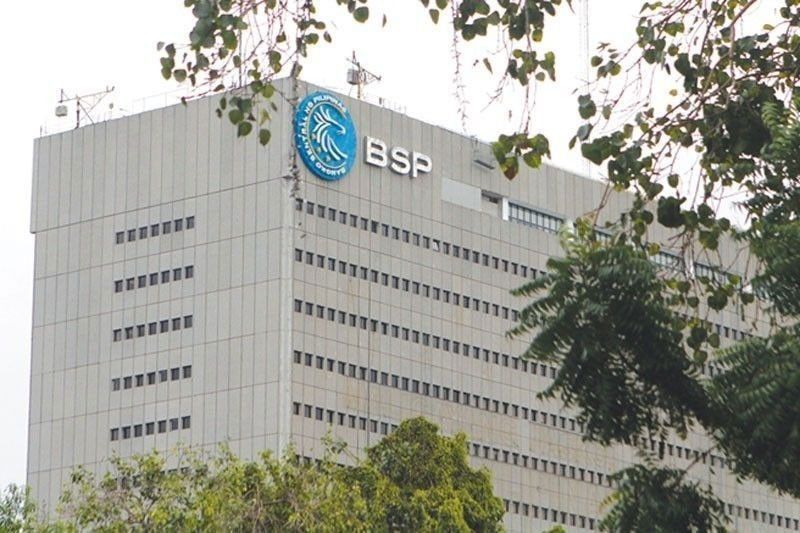BSP sees bigger dollar deficit in 2022, adding pressure on peso

MANILA, Philippines — The Philippines will likely end the year with a larger dollar deficit compared to initial forecasts, as a yawning trade gap and external headwinds continue to drive outflows, Bangko Sentral ng Pilipinas reported Friday.
In an update to its projections, the BSP said it now forecasts the country’s balance of payments (BOP) to post a deficit of $8.4 billion this year, bigger than the previous prediction of a $6.3 billion gap back in June.
BOP is a summary of the economic transactions of a country with the rest of the world for a specific period. If realized, the BSP latest prediction would reverse the $1.3 billion BOP surplus recorded last year.
A BOP deficit happens when more funds left the country against those that left while a surplus occurs when the reverse happens. In this case, the BSP said dollars are leaving the country amid rising imports meant to satisfy improving domestic demand as the economy reopens. This, while exports are predicted to grow at a slower pace this year.
Apart from worsening trade imbalance, the BSP said external risks like rising interest rates in developed nations and a looming global economic slowdown could also drive dollar outflows.
Already, the BSP said the country’s dollar reserves, which serve as buffer against external shocks, would likely end the year at $99 billion, equivalent to 7.5 months of import cover and lower than 2021’s level of $108.8 billion.
“The emerging BOP outlook over the near term remains subdued as external risks have intensified relative to the last forecast round in June 2022,” the central bank said in a statement.
“These risks of further downward revision in global growth prospects, record-high inflation print worldwide, more aggressive monetary policy tightening by major central banks, continued economic slump in China, and lingering Ukraine-Russia conflict, among others, are expected to broadly weaken global demand conditions, and hence, the country’s external sector,” it added.
For this year, the BSP expects goods import to surge 20% annually, higher than its old projection of 18% growth. Exports, meanwhile, are seen growing 4% year-on-year in 2021, lower than the central bank’s previous forecast of 7% annual expansion as stubbornly high inflation and slow economic growth in China, a major trading partner, hurt demand for Philippine products.
More weakness for the peso
Sought for comment, Domini Velasquez, chief economist at China Banking Corp., said the Philippines’ weakening external position could add pressure to the peso, which has sunk to record-lows in the past few weeks as an aggressive US Federal Reserve stoke capital flight from emerging economies.
“The worsening balance of payments position will continue to put pressure on the value of the peso. However, the fall will somewhat be mitigated by aggressive tightening of the BSP and if it utilizes its international reserves to intervene in rapid peso depreciation,” she said in a Viber message.
“But uncertainties in the external environment remains to be a risk. Much weaker demand in advanced economies will take a toll on the country’s external inflows, e.g. exports, FDI, remittances,” Velasquez added.
The BSP kept its forecast on remittances from overseas Filipinos to grow 4% this year and the next, owing to greater deployment as restrictions worldwide continue to relax.
BPO receipts are expected to improve by 9% this year, which the BSP credits to peso’s depreciation and easing restrictions.
Meanwhile, tourism receipts are expected to finish the year with a whopping 250% growth on the back of low-base effects and loose travel restrictions everywhere.
- Latest
- Trending




























